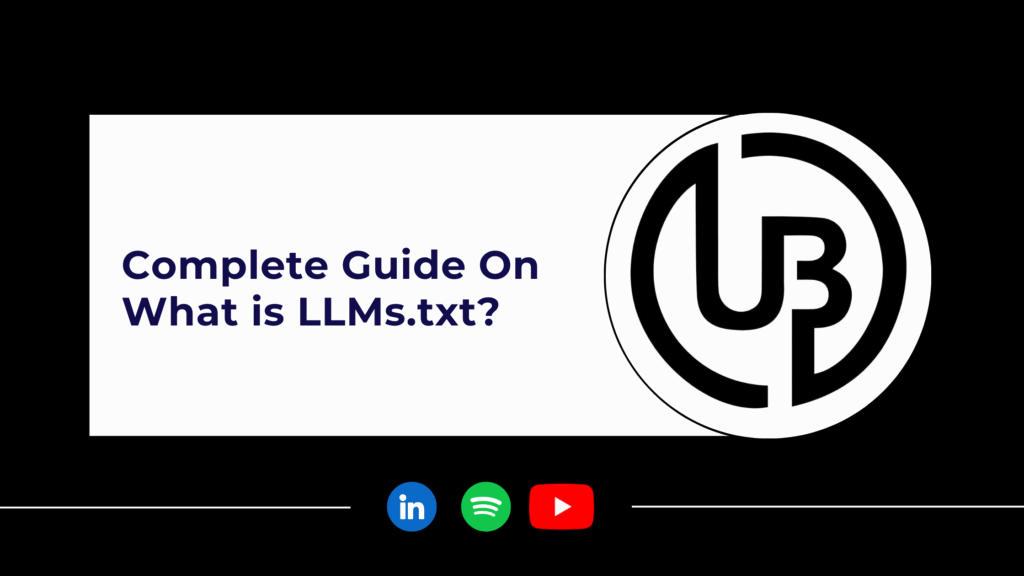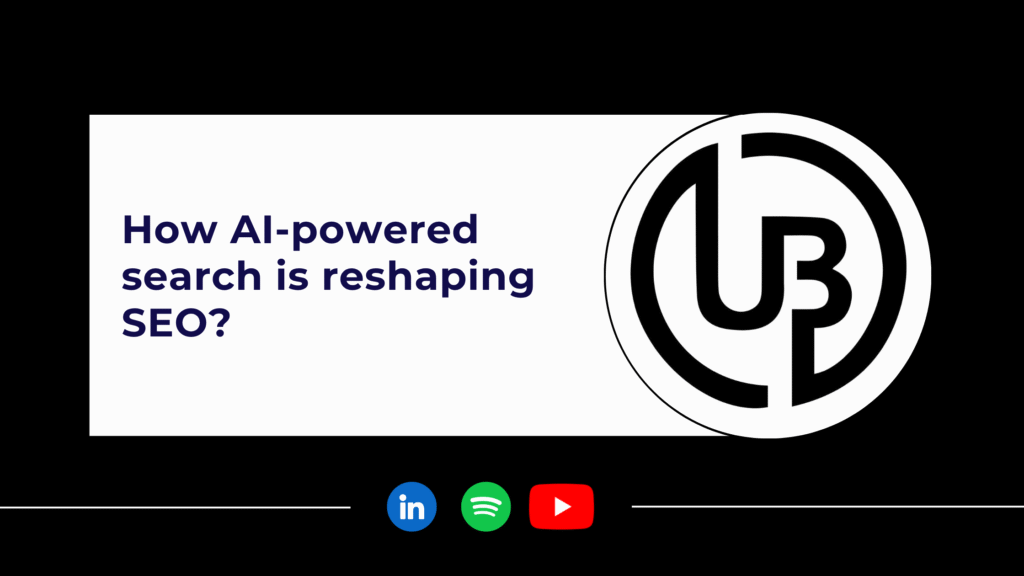In a world of social media posts and frequently changing algorithms, there is one digital marketing channel that is often overlooked and provides consistent results: email marketing. It’s quite an overlooked component of digital marketing, and is certainly not dead. It’s a powerful, personal, and effective way to connect with your audience.
Essentially, email marketing is sending a message to a group of people via email. But email marketing is more than just spamming inboxes with advertisements. It’s creating relationships, nurturing leads, boosting sales, and establishing loyalty through targeted and credible communications sent to an individual’s inbox.
It’s like having a personal conversation with your subscriber. And compared to other social media platforms, where platform algorithms can intervene, email marketing offers direct communication and access with your audience.
Components of Effective Email Marketing
Email List: This is the cornerstone. You have to gather email addresses from relevant individuals, and this is typically done via opt-in forms on websites, landing pages, social media, or in-person events. These individuals have to allow you to send them emails. After all, you need people to send emails to.
Email Service Provider (ESP): You cannot send several emails from your personal gmail account. ESPs like Mailchimp, Constant Contact, ConvertKit, HubSpot, and many more help you to manage your email list, create a professional email template for you, automate campaigns, and track performance.
Crafting Content: This is the main aspect of email marketing. Your emails have to be more than just a promotion, they must enure value, whether its:
- Premium Content
- Promotional offers and discounts
- Personalised messages
- Educational content
- Transactional emails
- Newsletters
- Segmentation: Subscribers are not all the same. By segmenting your email list based on demographics, interests, past purchases, or engagement levels, you can target relevant audiences with personalized messages.
- Automation: Automation lets you set up a sequence of emails that are a result of certain actions. (e.g. welcome series for new subscribers, abandoned cart reminders, re-engagement campaigns).
- Track Your Performance: You must ensure to continually analyse and measure performance and key metrics like open rates, click-through rates, conversion rates, and unsubscribe rates. This helps you understand what is doing well and what isn’t.
Benefits of Email Marketing
- Cost-Effective: Compared to traditional advertising, and paid social media, email marketing is affordable, even for small businesses.
- High ROI: Email marketing offers the highest return on investment and average return can be higher than other channels.
- Versatile: From simple newsletters and automated funnels, email marketing can be adapted to any business objective.
- Direct and Personal: Emails are directly sent to individuals, making the overall experience more intimate and offering a personal connection than a public social media post.
- Trackable Results: Many email marketing platforms provide in-depth analytics to help you measure your campaign.
- Ownership: Compared to social media where algorithms control your feed, your email list is your own asset.
Is Email Marketing Right for Your Business?
If you want to:
- Enhance customer retention
- Build lasting relationships with your customers
- Announce new products or services
- Generate leads and convert into clients
- Boost sales
- Share content
Then email marketing is essential for your digital marketing campaign.
Final Thoughts
Email marketing has undeniably been able to stand out in this crowded and noisy digital space. Being reliable, effective, and offering direct communication with valuable people in your business, it’s a vital channel to grasp onto.

